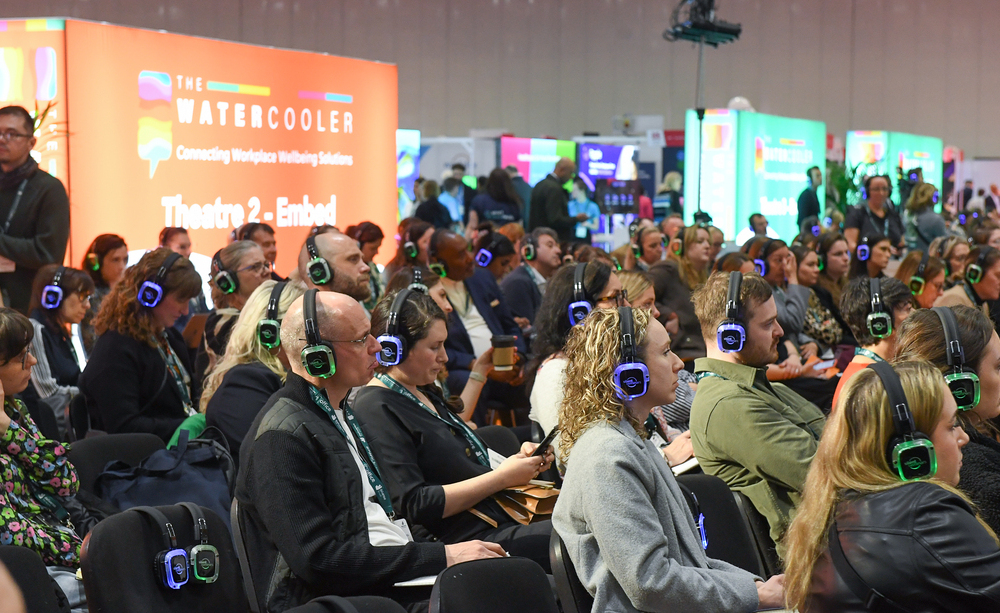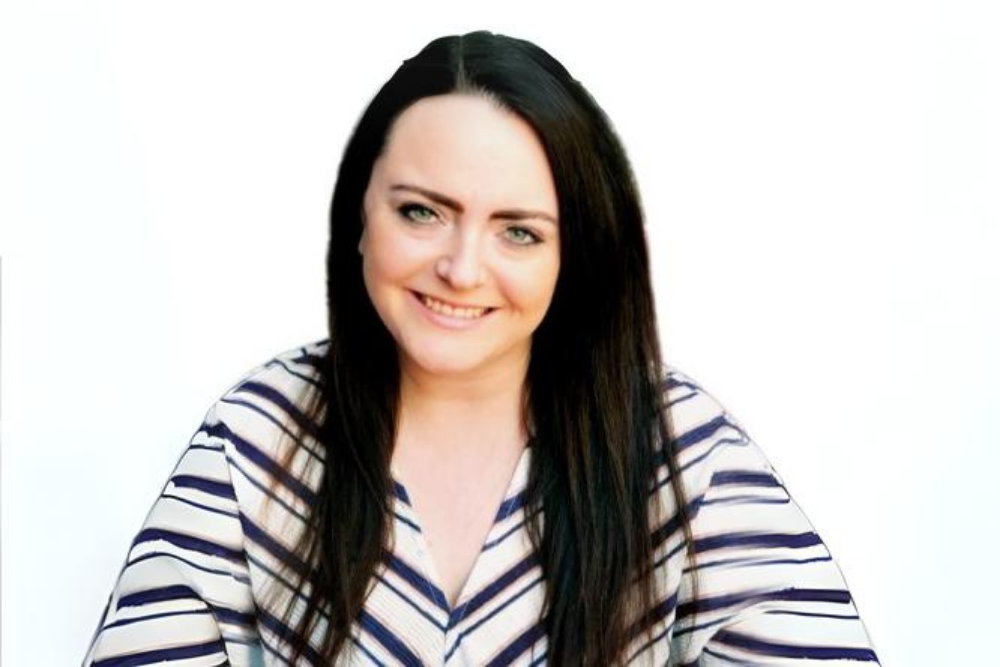“Does anyone here love data?” said Jordan Pettman, Former Head of Organisation Analytics and Insights, London Stock Exchange Group, with a wry smile when hosting the MAD World panel on measuring Workplace Wellbeing.
As he went on to say, “data in HR can be tough. It’s not necessarily why we pursue careers in HR or Wellbeing.”
Data integral to Wellbeing
Nevertheless, like it or not, data is now an integral part of any role that touches on Wellbeing in order to build business cases for budget. And those that are embracing it are reaping the benefits. They are also creating their own language around data in order to make it more relevant and remind them of why the data is so important in the first place.
Panellist Sharon O’Connor, Global Lead Employee Wellbeing, Novartis, for example, said that she actually doesn’t like the word “data” and prefers the word “impact” because it makes data “more about relatability”.
Finding the ‘story’ in the numbers
Similarly, Amanda Owen MBE, Global Safety, Health & Wellbeing Director, Heathrow Airport, shared that she uses the word “story” rather than “business case”, because it puts the emphasis on the interpretation of the numbers, bringing it more to life and relevant.
This idea of finding the patterns or “story” in the numbers came up repeatedly during this session. Indeed, Pettman, an analytics expert, suggested that the best way to think of data specialists is as “storytellers” (rather than “numbers people”) because their job is to actually to identify the story and “weave the story together with data”.
Making an impact
Sometimes it can actually be a very simple piece of data that can make the most impactful story. For instance, Panellist Ruth Pott, Head of Workplace Wellbeing, BAM, said one of the most powerful stories to come out of the data she collects is that one in three of the workforce seeks some kind of wellbeing support from the employer, whether that’s picking up the phone, having a conversation with a wellbeing champion or using the medical insurance.
“That overarching figure is hugely important,” she said. “The key message there from the data is: you are not alone and there are others in the organisation with similar issues to you, and they’re getting help.”
O’Connor agreed that often these kind of “peer to peer stories” unearthed in the data can be “more impactful” than even leadership talking about an issue.
You could have more data than you think
However, while it’s great having headline statistics like this, with such a focus on finding better ways to measure wellbeing, most professionals in this space are complaining of not having enough data, or enough meaningful data.
But you could actually have more data than you think, said Dr Richard Peters, Medical Director EMEA, Goldman Sachs, in a MAD World session on embedding wellbeing. Addressing the audience he said:
“All of you will have data you can use in your organisation. You can get data from many places like employee assistance programmes, occupational health, medical leave of absence data, private medical insurance data, ergonomic data….”
No perfect data
This struck a chord with other panellists like Owen who agreed: “We’ve got a lot of data. More than we think we have”. The thing that holds professionals back, she said, when it comes to wellbeing data is the worry that the data isn’t good enough: “It’s OK not to have all the data or for it to be perfect data. The important thing is to be curious and courageous and piece the story together.”
Pettman then reassured the panel and audience at this point that “you’ll never have perfect data, it doesn’t exist.”
Challenge your health provider
One of Peters’ biggest tips when it comes to getting hold of helpful data is to “challenge your health providers”. Providers often have a wealth of data at their fingertips but, unless briefed specifically, won’t often share these gems.
“Ask yourself: is my provider giving me the data I want to see? Often the answer is no. But that doesn’t mean they don’t have the data you need,” he said. “Providers are used to providing data without adding explanation. Challenge them to come back to you with insights and recommendations. You’re paying for their services afterall and it will save you some hard data work!”
The human touch
Owen conceded that she knows “there is much more value to be had bringing all the information that our third parties hold on our behalf” and added she believes that emerging AI tools will take this capability for insight to the next level.
But, said panellist Daniel Chan, Global Workplace & Wellbeing Lead, Dentsu International, don’t be blindsided by new technology so much that you forget to bring the human touch to the data story. One of his top tips for data gathering is to do it face to face:
“Having all the hard data facts is great but we can also speak to employees directly to find out what they want. I speak to colleagues and record those data points. It’s really valuable to get a snapshot from the shopfloor about what is really going on.”
Making a business case
Nevertheless if you’re making a business case for the board for budget, it’s the hard data facts and figures, as well as the compelling story around them, that you’ll need.
Potts, for example, managed to get significant budget to run campaigns around musculoskeletal injuries after proving that the number of claims being submitted was a “huge cost to the business”. “Yes it’s the right thing to do to support our colleagues with this health issue but we had a compelling story to support our proposal and we had evidence,” she said.
Measuring interventions
This is in line with the Mars success story outlined in a case study session at MAD World. Jen Christie, UK Health & Wellbeing Practitioner, Mars, said her biggest tip for getting leadership buy-in was to “back it up with data and prove the link between fit and healthy employees and the attrition rates and performance improvement”.
But, while there are these pockets of good practice happening in terms of gathering data to prove that wellbeing work works, there’s a general dearth of this evidence in the industry. According to MAD World panellist Barbara Jeffrey, Affiliate Partner, McKinsey, we know that 9 out of 10 companies have got some kind of wellbeing strategy in place but not enough companies are measuring the efficacy of interventions.
Evidence base is building
“Yes the evidence base around what works is building,” she said. “There’s some academic evidence but, actually, we don’t have great evidence in terms of real case studies of what has worked where there is good data behind it.”
As a result, Jeffrey is now building an “intervention database with open access, available to anybody” and ended her session with a rallying cry:
“If anyone is doing interesting work that actually has data behind it, we would love to hear from you.”
And as Owen pointed out, it’s not just Jeffrey who wants this information: “more and more investors, talent and consumers are looking for social credentials, including how we look after our people.”
So, if you haven’t already, it’s time to fall in love with data. Or the data story, at least!

















